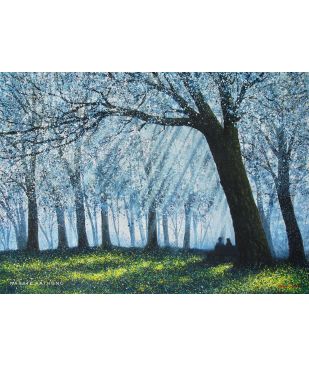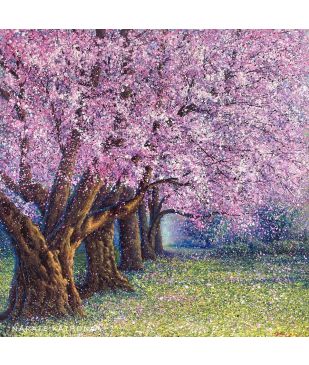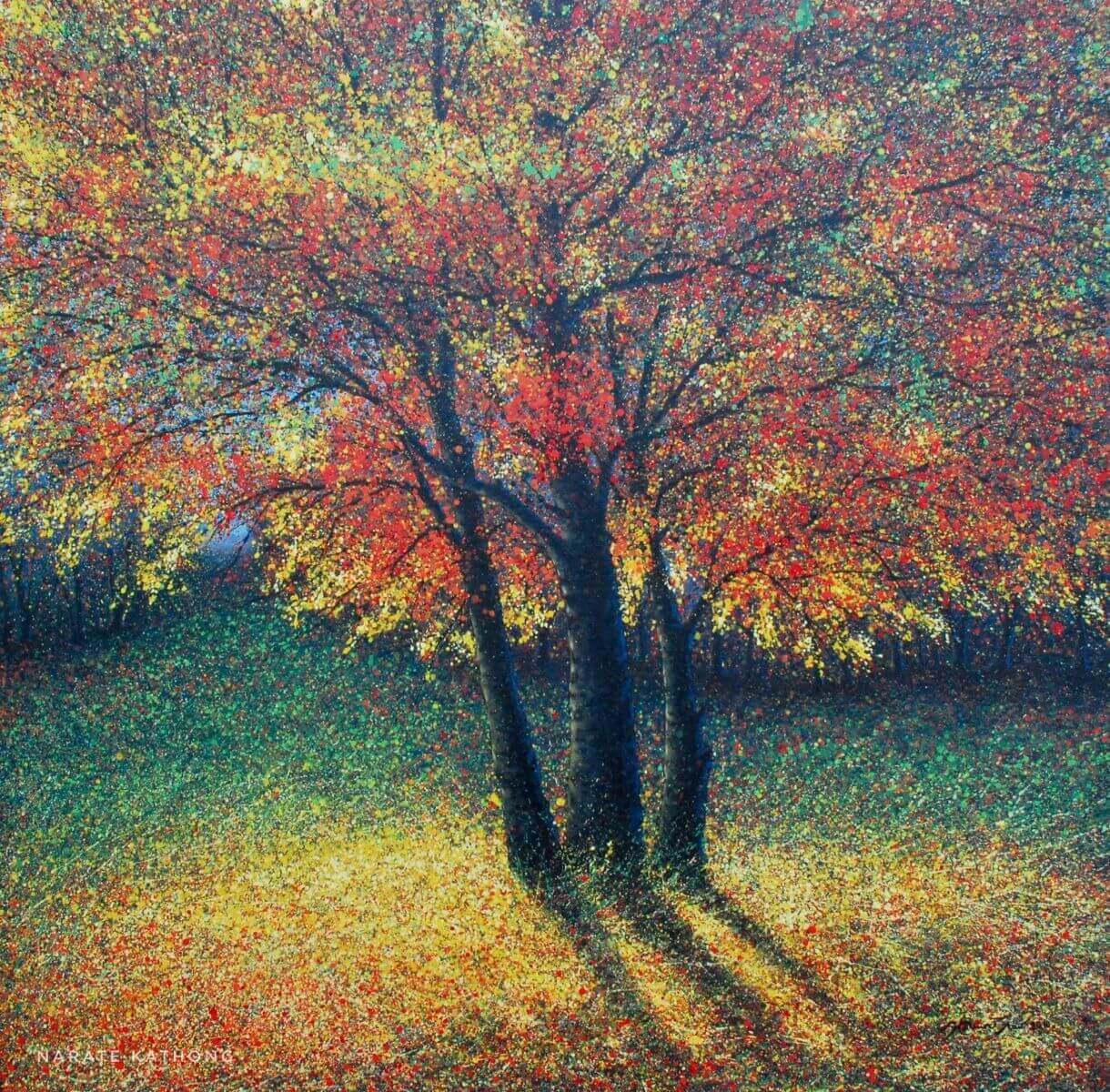Art has always been a reflection of the times, capturing the essence of the era and the diverse perspectives of artists. Contemporary art, with its ever-evolving nature, holds a prominent place in the artistic realm. In this blog, we will explore the definition, characteristics, and impact of contemporary art.
What is Contemporary Art?
Contemporary art is a dynamic and ever-evolving form of artistic expression that captures the essence of the present times. It defies traditional boundaries and embraces experimentation, inviting viewers to explore an array of perspectives. In this article, we delve into the realm of contemporary art, understanding its definition, historical context, and how it continues to shape the artistic landscape.
Characteristics of Contemporary Art
Contemporary art stands at the forefront of artistic expression in the modern world. It is a genre that embraces diversity, challenges conventions, and reflects the complexities of our time. In this article, we explore the distinctive characteristics that make contemporary art a powerful and thought-provoking form of creative endeavor.
Diversity and Plurality
Unlike other eras in art which are united by a particular style, contemporary art celebrates diversity in all its forms. It encompasses various styles, themes, and artistic approaches, reflecting the multicultural and globalised nature of our world. Artists draw inspiration from different cultures, traditions, and experiences, resulting in a rich tapestry of artistic expression.
Conceptual Nature of Contemporary Art
In a world where efficiency and productivity are prized above all else, contemporary art tells a provocative story of art for art’s sake. Even so, the creative freedom of art goes beyond aesthetic beauty and engages with social, political, cultural, and environmental issues.
While technical skill remains important, contemporary art places a greater emphasis on the conceptual aspect of art. Artists strive to convey their ideas, messages, and emotions through their work, often prioritising the concept or the underlying narrative over perfect technical execution. This emphasis on ideas opens up new avenues for creativity, allowing artists to communicate their vision in thought-provoking and innovative ways.
READ MORE









